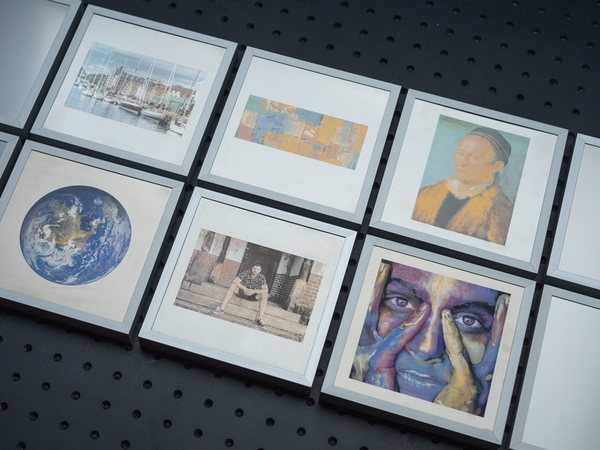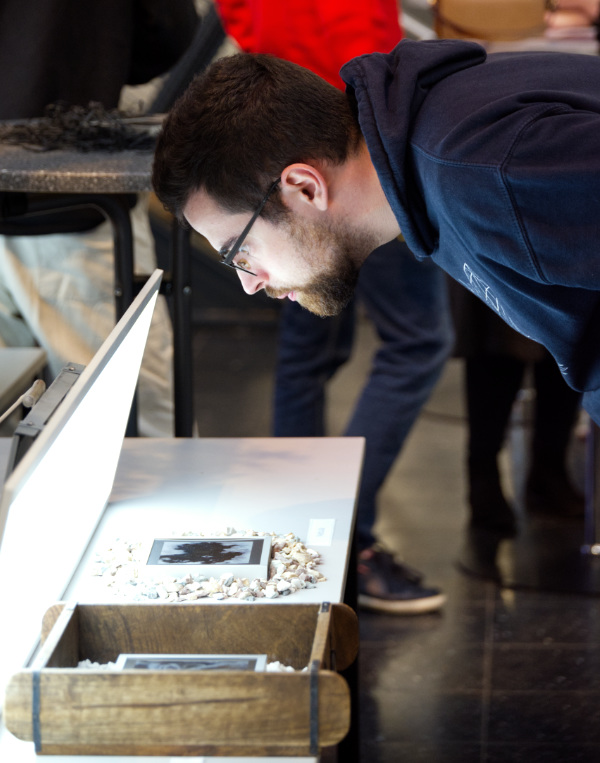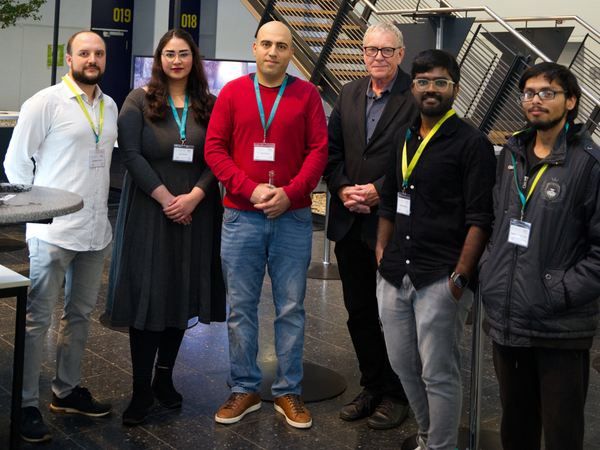
Detailed, colorful images on metal surfaces, achieved through targeted heating of the material. Photo: Oraclase
The Max Planck project “Oraclase” has developed an innovative laser production method that enables the creation of detailed, colorful images on metal surfaces—achieved solely through targeted heating of the material, without the need for printers or pigments.On September 25, the team presented the results of its work for the first time in an “art exhibition” at the Max Planck Institute for Informatics.
The project originated from the research group “Artificial Intelligence aided Design and Manufacturing,” led by Dr. Vahid Babaei at the Max Planck Institute for Informatics in Saarbrücken.The team now plans to establish Oraclase as a company in early 2025. To support this goal, the team secured an EXIST start-up grant of around €800,000 in 2023 to further develop its technology. Additionally, the researchers received support for their efforts from the MAX!mize incubation program of the Max Planck Innovation GmbH.

A visitor looking at an exhibit. Photo: Oraclase
The innovation at the heart of Oraclase is a patented software for controlling lasers, which can be applied in various laser production methods, such as “Color Laser Marking.” This technique colors metal surfaces by precisely heating them. This process is very challenging because the colors generated by heat depend on numerous factors, such as the type of metal, heating speed, laser power, and pulse duration. Previous approaches, which primarily relied on manual “trial and error” methods, were imprecise and inefficient, limiting the industrial application of this technology.
Oraclase’s algorithm addresses these challenges by utilizing artificial intelligence to automatically calculate the optimal process parameters. This significantly enhances production speed and quality, making these production methods viable for large-scale industrial applications. This globally unique method can be applied not only to various lasers and substrates but also to other material properties, such as surface haptics.
The Oraclase team includes Omid Alizadeh, Azadeh Asadi, Sebastian Cucerca, Nicolas Dalloz, Alina Ashraf, Siddhartha, Balaji Venkatesan, and Vahid Babaei, who is the head of the original research group. The team recently showcased one of its future products, “BeetlePlate,” during the art exhibition at the institute.
/bs /pzs
Further information:
www.oraclase.com
aidam.mpi-inf.mpg.de

